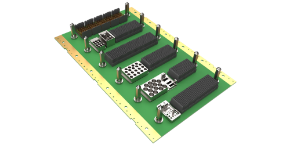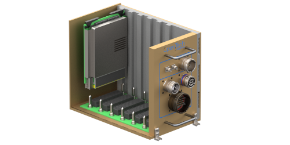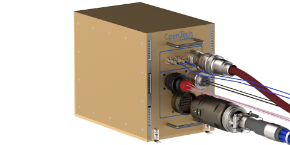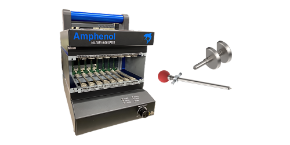In the ever-evolving world of embedded computing, adherence to industry standards is critical for ensuring interoperability, reliability, and performance. Among the many standards that shape this landscape, VITA 46 and VITA 67 stand out for their robust definitions and widespread adoption, particularly in military and aerospace applications. This article delves into these two pivotal standards, highlighting their applications and the benefits they offer.
VITA 46: The Backbone of High-Speed Data Processing
VITA 46, also known as VPX (VITA 46.0), is a standard that defines the mechanical and electrical characteristics of high-performance, rugged, and modular open-architecture embedded computing systems. Introduced to address the need for a more robust and higher-speed alternative to the legacy VMEbus standards, VPX has become the go-to choice for applications requiring high-speed data processing and durable construction.
Key Features of VITA 46
- High-Speed Connectivity: VPX supports high-speed data protocols, such as 10 Gigabit Ethernet, RapidIO, and InfiniBand. This allows for faster data transfer rates, making it suitable for applications that require real-time data processing.
- Modular and Scalable Design: The modular nature of VPX systems enables easy upgrades and scalability. This flexibility is particularly valuable in military and aerospace applications, where system requirements can evolve rapidly.
- Rugged Construction: Designed to withstand harsh environments, VPX systems are built to endure extreme temperatures, shock, vibration, and other demanding conditions. This makes them ideal for use in ground vehicles, aircraft, and naval systems.
- Interoperability: VPX defines clear interoperability points, ensuring that modules from different vendors can work together seamlessly. This reduces the need for costly and time-consuming custom solutions.
VITA 67: Enhancing RF Communication in VPX Systems
While VITA 46 focuses on the overall structure and electrical characteristics of VPX systems, VITA 67 addresses the need for high-performance RF connectivity within these systems. VITA 67 defines the coaxial interconnect standards for VPX, enabling seamless RF communication between modules and the backplane.
Key Features of VITA 67
- High-Density RF Connections: VITA 67 supports high-density RF connections, providing up to eight SMPM RF connectors in a single module. This high density is crucial for applications that require numerous RF channels.
- Blind-Mate Capability: The blind-mate feature of VITA 67 connectors allows for easy and reliable module installation and removal, even in confined spaces. This reduces maintenance time and improves system reliability.
- Rugged and Reliable: Like VPX, VITA 67 connectors are designed to endure harsh environments, ensuring consistent performance in demanding conditions. This makes them suitable for military and aerospace applications where reliability is paramount.
- Compatibility with VITA 46: VITA 67 modules are fully compatible with VITA 46, enabling seamless integration of RF and high-speed digital signals within the same VPX system. This compatibility enhances the versatility and functionality of embedded systems.
Applications and Benefits
The combination of VITA 46 and VITA 67 standards brings numerous benefits to embedded computing systems, particularly in military and aerospace sectors:
- Enhanced Performance: The high-speed data capabilities of VITA 46, coupled with the robust RF connectivity of VITA 67, ensure optimal performance for complex applications such as radar, communication systems, and electronic warfare.
- Future-Proofing: The modular and scalable nature of these standards allows for easy upgrades and integration of new technologies, ensuring that systems can adapt to future requirements without extensive redesigns.
- Cost-Effectiveness: By promoting interoperability and reducing the need for custom solutions, VITA 46 and VITA 67 help lower development and maintenance costs. This makes it easier for organizations to deploy and sustain advanced embedded systems.
- Reliability and Durability: Built to withstand extreme conditions, systems adhering to VITA 46 and VITA 67 standards offer unparalleled reliability and durability, which is crucial for mission-critical applications.
Conclusion
Understanding and leveraging the VITA 46 and VITA 67 standards is essential for anyone involved in the design and implementation of embedded computing systems. These standards not only ensure high performance and reliability but also provide the flexibility and scalability needed to meet evolving demands. At Open.Tech by Amphenol, we are committed to providing solutions that adhere to these standards, helping our customers achieve excellence in their applications.










